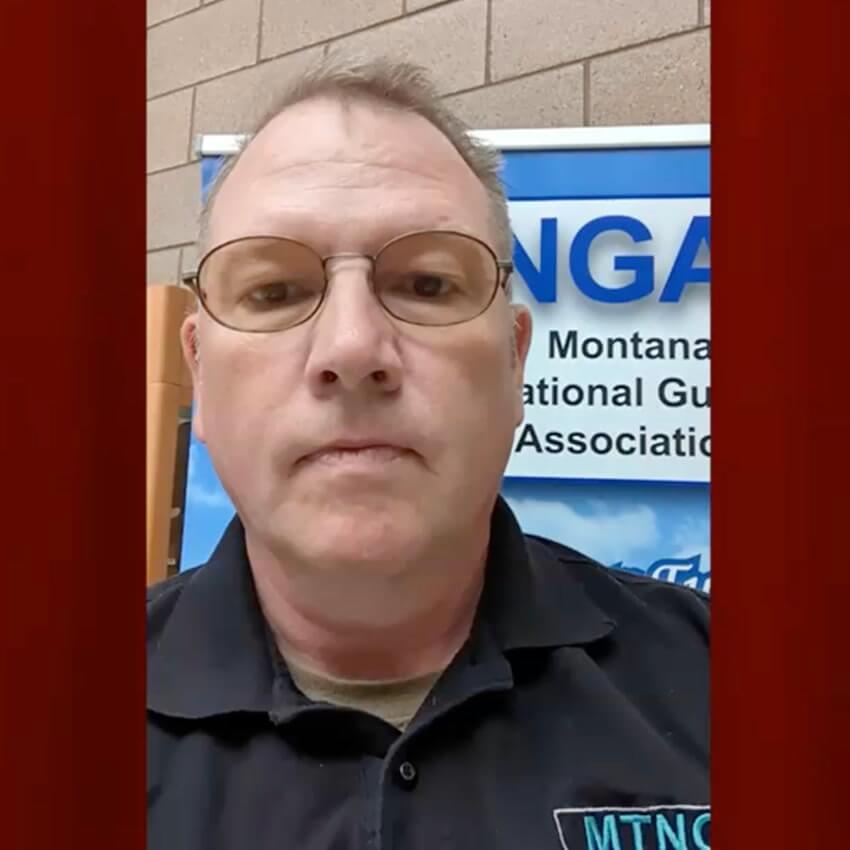Psychological Safety
Psychological Safety
Hey, this video is about the kind of key variable in high-performance teams, and this is something called psychological safety. Now, I always want to explain right up front when I talk about psychological safety that it sounds a little bit like this PC, I don’t know, like safe space hugs thing. And you know, nothing against that—I certainly think there’s a place for it. But it’s actually a fairly academic term from leadership and performance psychology. And what the safety part refers to is, more than anything, a feeling of safety for interpersonal risk-taking. And what that means is basically saying, “I’m willing to try something and fail. I’m willing to ask a question without people being like, ‘Oh, that was stupid,’ right? I’m willing to maybe make a suggestion and not be worried about people saying, ‘Oh, why would you say that?'” So it’s, more than anything, a dynamic of trust and a feeling that you can, again, take a kind of risk in terms of an idea, a strategy, executing something, and that, you know, not that you won’t be held accountable if you fail, but that you’ll be supported through it. You’ll say, “Hey, you failed. Why did you fail? We’ve still got your back, and we’re going to learn and grow through this and do better next time.”
So, a little bit of background here: Google did one of the biggest studies ever on teams, and I think there were like 180 or so teams. And they looked at them on four variables. So, you had executive assessment, you had middle manager assessment, and you had team member assessment. So, you’re sort of assessing the team from every different level or perspective. And then you had performance versus projected metrics. And they analyzed the teams, looked at all these different things, and they found that the kind of backgrounds of the team members didn’t matter as much. The technical expertise or experience didn’t matter as much. The number one factor that mattered was just that psychological safety, right? That feeling of interpersonal risk-taking, that it’s safe, that you’ll be supported, that you can count on one another and have that trust, is what really set high-performing teams apart.
So, there’s a few things you can do as a frontline leader, or a leader at any level, that model psychological safety and help to cultivate that sort of climate in the teams you lead. So, there’s really three things—these come from Amy Edmondson at Harvard University. She has some great work on this. But the three things are framing work as learning, modeling curiosity, and admitting to mistakes. So, the first one is basically saying, “Look, yeah, we are here to solve a problem, we’re here to reach a certain outcome, but the process of how we do it should feel a little bit more like an ongoing experiment and learning process than, you know, just checking the box or something.” So again, you’re creating that space to say, “Hey, it’s acceptable to try new things, to ask questions, to make suggestions, to sort of innovate,” right? Because as we go through this together, even if we make some mistakes, we’re all learning together. So again, you’re still holding people accountable for execution, and if they do mess something up, you certainly make it known, right? But you’re doing so in a way that’s saying, “Hey, let’s learn, let’s get through this, let’s keep improving,” instead of being like, “Oh, you screwed this up, it’s the end of the world, we’re done.”
The second one is modeling curiosity—that’s just asking a lot of questions, right? Showing you’re interested and kind of leading by example when it comes to fostering that same attitude here of, “Hey, we’re going to ask questions, we’re going to try things, we’re going to learn, we’re going to fail at times together, and we’re going to get through it.” And then the third, as a leader, a really powerful thing you can do is just simply say, “Hey, I messed this up,” or someone comes to you maybe unsure of how to do something, and you say, “Hey, I remember the first time I did that, and I messed it up big time,” right? But you’re role-modeling, again, that sort of trust for the team to be able to even come forth. Because what happens in a lot of organizations—and I know this as a manager in some capacity myself—one of the worst things is when people did make a mistake, even a critical mistake, and they would rather try to cover it up and not admit it. So, it’s to everyone’s benefit when you’re modeling this sort of openness and spaciousness.
So, as you get into your teams here, I want you to think about two things, right? So, partners or small groups, and I want you to think back to a team that you were on—it could be in this organization, could be a sports team, school, whatever—where you did feel supported to fail. And maybe you even did fail. You can tell that story, “Hey, I was playing in the football game, and I threw an interception, and my team came around, they said, ‘Hey man, we’ve got your back,’ and we ended up winning the game,” whatever, right? What was a team you were on that had that sort of climate, and what went into that for you? Why did you feel comfortable to kind of take a risk, to try something new, and even to fail, knowing that people would have your back? Just talk through what that experience was like. After you do that, I’d like you to just pick one of those three things I suggested, right? So, framing work as a learning experience, a shared learning, modeling curiosity, or admitting your mistakes, and try to think about how that will influence your leadership style as you work with people one-on-one or in groups for the teams that you lead.
So, there’s a little bit of teaching on psychological safety. Enjoy your exercise, and I’ll see you next time.























